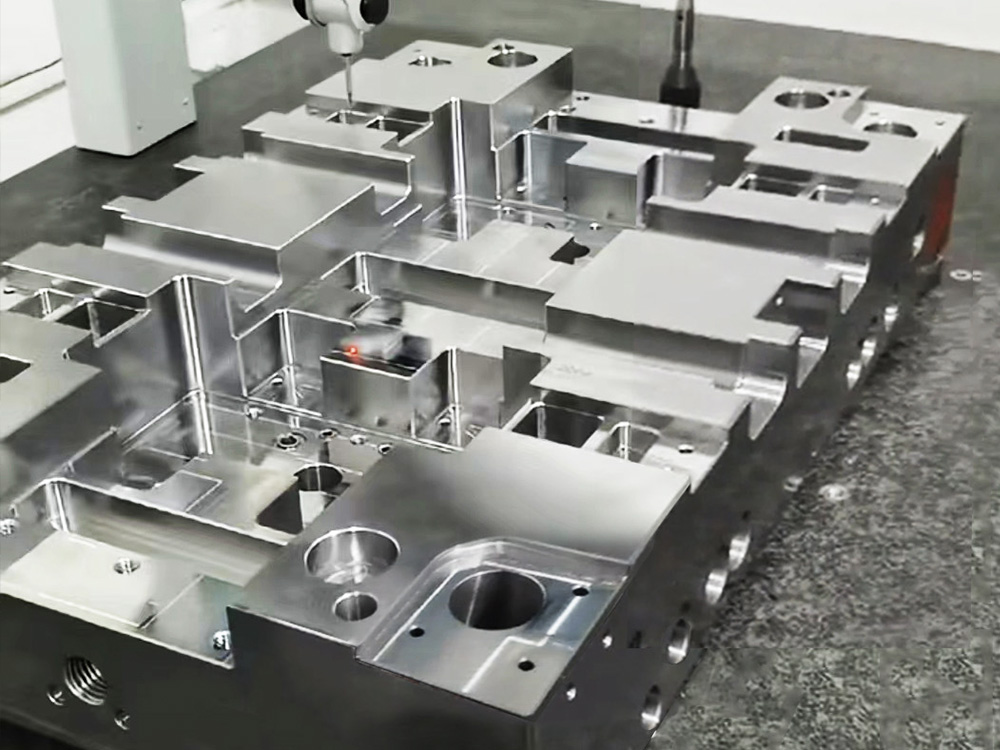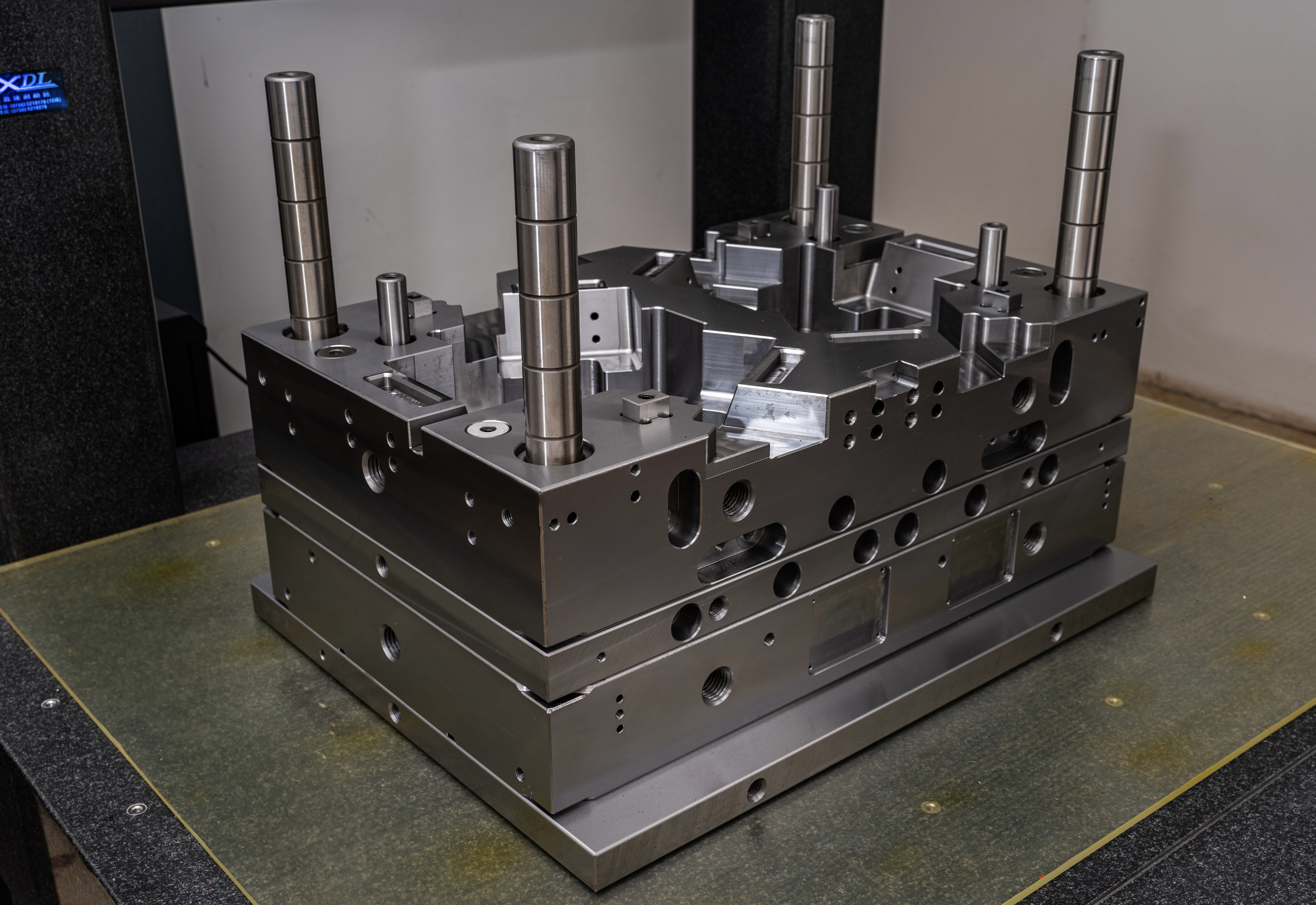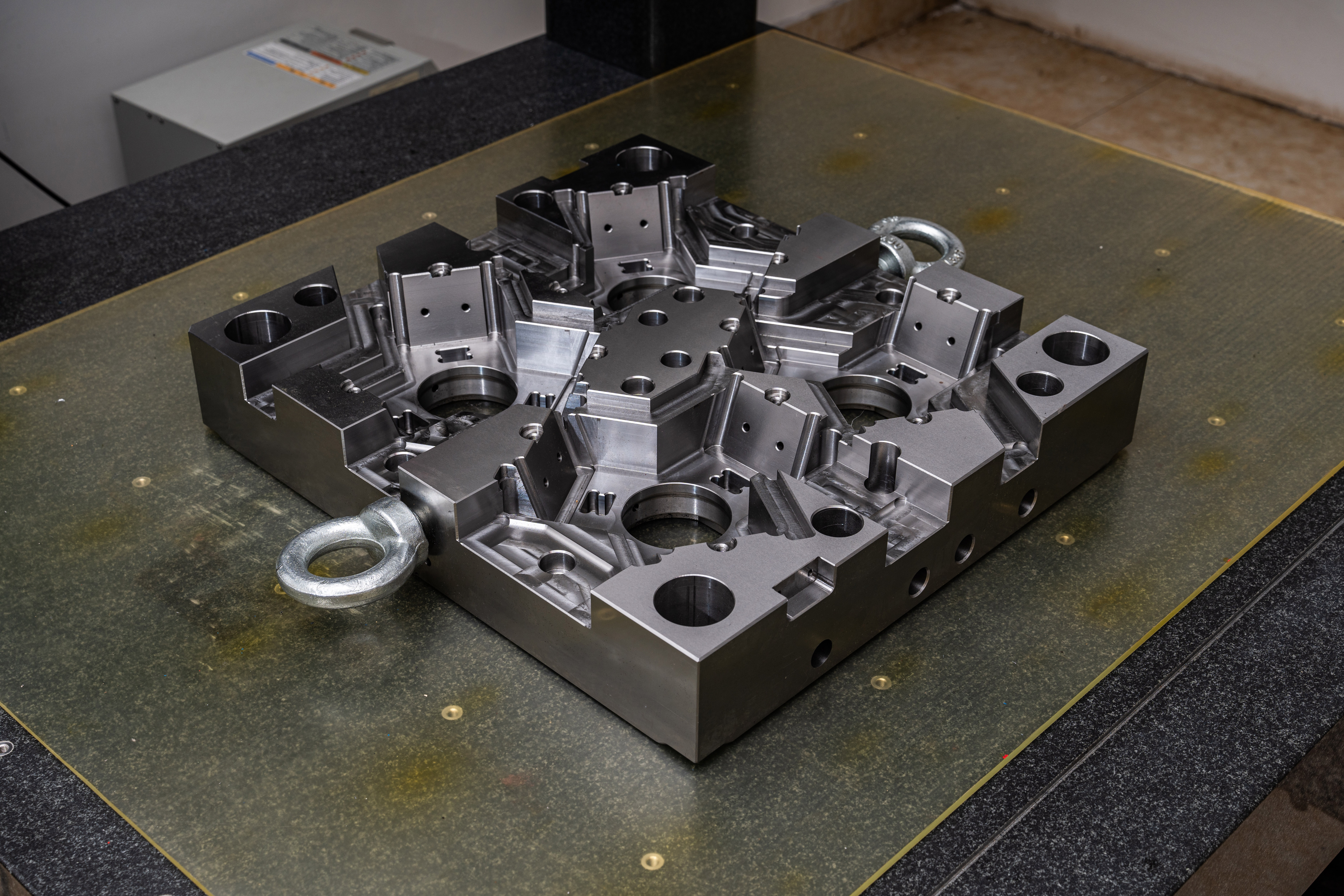How to Import Modules in UĞ When There Is No Module Directory
In the Mold Base industry, the use of modules is crucial for efficient and standardized production processes. Modules contain a set of components, materials, and design features that can be easily imported into various mold designs. However, there may be instances where there is no module directory available, making it challenging to import modules into UĞ (Unigraphics) software. In this article, we will discuss the steps to import modules in UĞ when there is no module directory.
1. Create a New Module Directory
The first step is to create a new module directory in UĞ. To do this, follow these steps:
- Open the UĞ software and navigate to the "File" menu.
- Select "New" and then choose "Module Directory".
- Provide a name for the new module directory and specify the location where you want to save it.
- Click "OK" to create the new module directory.
2. Prepare the Module Files
Before importing the modules, make sure you have the necessary module files ready. These files can be obtained from suppliers, previous projects, or created from scratch. Ensure that the module files are compatible with UĞ.
3. Import Module Files
To import the module files into UĞ, follow these steps:
- Navigate to the newly created module directory in UĞ.
- Right-click on the directory and select "Import Module".
- Locate the module file on your computer and click "Open" to import it.
- Repeat this step for each module file you want to import.
4. Organize and Customize Modules
Once the module files are imported, organize them within the module directory. This will make it easier to access and use them in future mold designs. You can create subdirectories to categorize the modules based on their functionality, industry, or any other relevant criterion.
If necessary, you can also customize the imported modules to suit your specific requirements. This can be done by modifying the individual component parameters, adjusting dimensions, or changing the material specifications.
5. Validate and Test Imported Modules
After importing and customizing the modules, it is crucial to validate and test them for compatibility and functionality. Ensure that the modules integrate seamlessly with your existing mold designs and that they function properly. This step is essential to avoid any issues or errors during the production process.
6. Document and Update the Module Directory
Finally, it is essential to document the imported modules in the module directory. This documentation should include details such as module name, description, version, supplier information, and any other relevant data. Proper documentation will help in better organization and future reference.
Additionally, as new modules become available or existing modules are updated, it is crucial to update the module directory accordingly. This will ensure that you always have access to the latest and most accurate module files.
By following these steps, you can successfully import modules in UĞ even when there is no module directory available. Having a well-organized and efficient module system in place will significantly improve the productivity and quality of your Mold Base designs.




